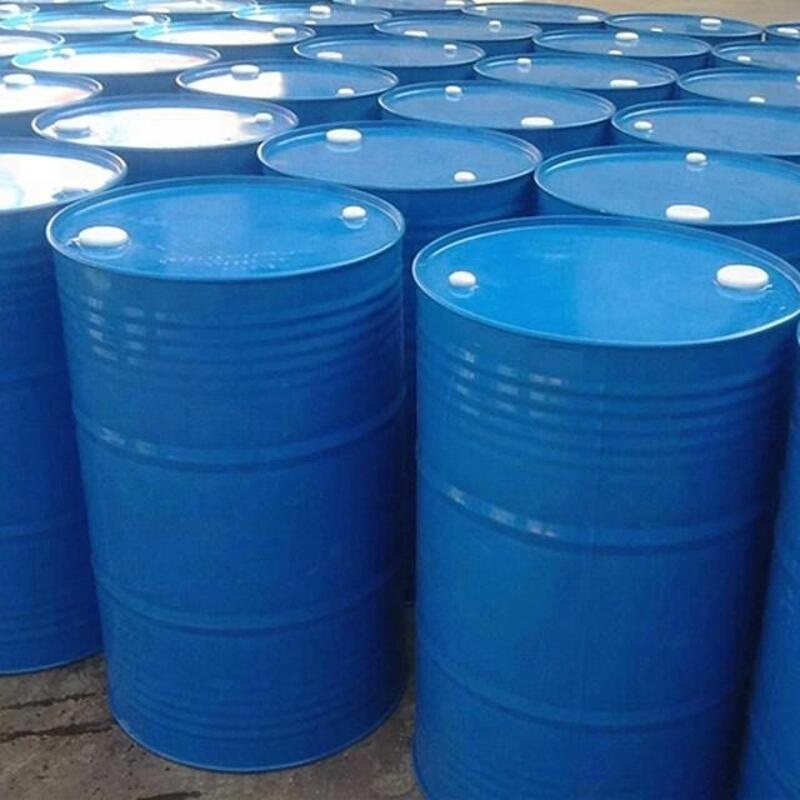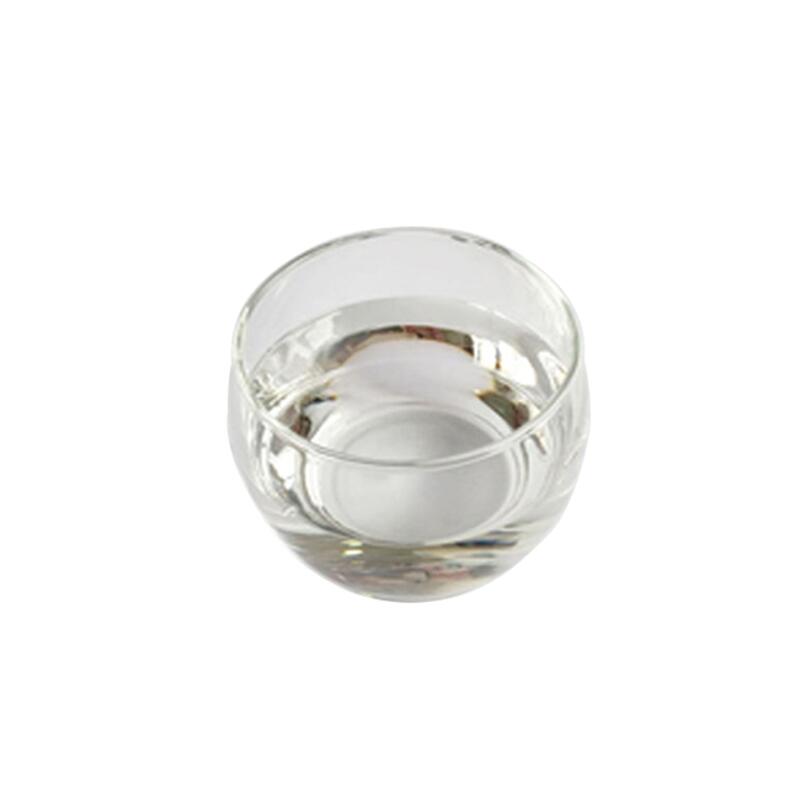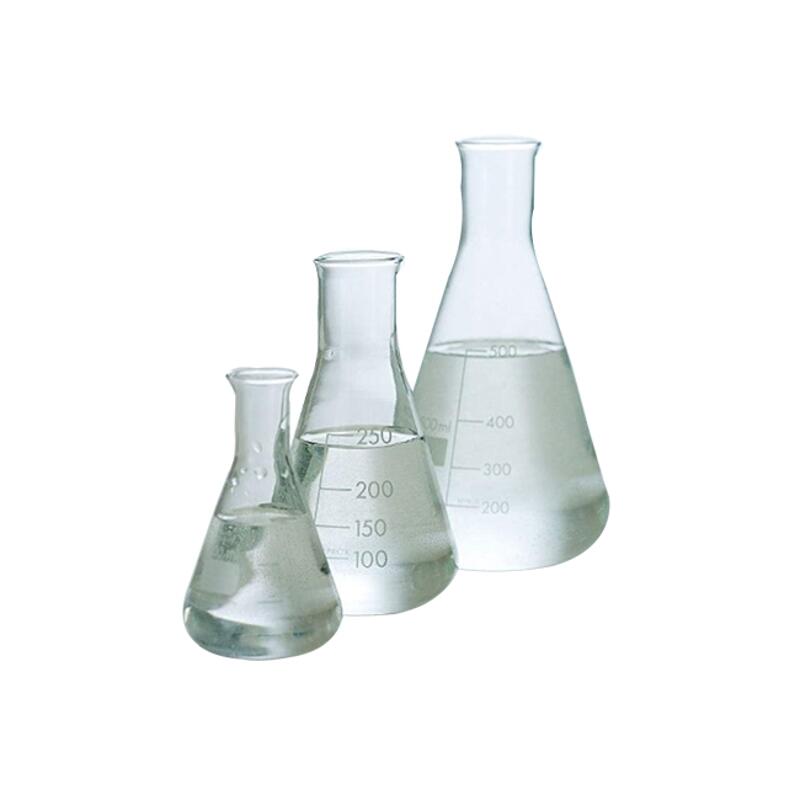-
Categories
-
Pharmaceutical Intermediates
-
Active Pharmaceutical Ingredients
-
Food Additives
- Industrial Coatings
- Agrochemicals
- Dyes and Pigments
- Surfactant
- Flavors and Fragrances
- Chemical Reagents
- Catalyst and Auxiliary
- Natural Products
- Inorganic Chemistry
-
Organic Chemistry
-
Biochemical Engineering
- Analytical Chemistry
-
Cosmetic Ingredient
- Water Treatment Chemical
-
Pharmaceutical Intermediates
Promotion
ECHEMI Mall
Wholesale
Weekly Price
Exhibition
News
-
Trade Service
D-Glucopyranose, also known as dextrose or glucose, is a simple sugar that is widely used in the chemical industry as a starting material for the production of a variety of chemicals and products.
One of the most common methods of synthesizing D-glucopyranose involves the use of enzymatic hydrolysis, which involves breaking down starch or other carbohydrate sources using enzymes to produce glucose.
However, in recent years, there has been an increasing demand for more efficient and cost-effective methods for synthesizing D-glucopyranose, particularly in the production of oligomeric, C8-16-alkyl glycosides.
Oligomeric, C8-16-alkyl glycosides are a type of sugar derivative that are used in a variety of applications, including the production of surfactants and other cleaning agents, cosmetic products, and pharmaceuticals.
One of the most common methods of synthesizing oligomeric, C8-16-alkyl glycosides involves the use of chemical routes, which typically involve a series of chemical reactions to convert D-glucopyranose into the desired sugar derivative.
These chemical routes can be costly and time-consuming, and often require the use of harsh chemicals and hazardous waste handling procedures.
To address these challenges, many chemical companies have turned to synthetic routes for the production of oligomeric, C8-16-alkyl glycosides.
Synthetic routes typically involve the use of chemical reactions and catalysts to convert starting materials into the desired product, using a series of steps that can be optimized to improve efficiency and reduce costs.
One of the most commonly used synthetic routes for the production of oligomeric, C8-16-alkyl glycosides involves the use of glycosylation reactions, which involve the use of nucleotides, nucleosides, or other glycosyl donors to add sugar moieties to a starting material.
This process typically involves the use of strong acids, bases, and other harsh chemicals, which can be hazardous and require careful handling.
Another common synthetic route for the production of oligomeric, C8-16-alkyl glycosides involves the use of enzymatic methods, which involve the use of enzymes to catalyze the formation of sugar derivatives from starting materials.
This process typically involves the use of mild conditions and natural enzymes, which can be more environmentally friendly and reduce the risk of hazardous waste handling.
One example of a company that has successfully implemented synthetic routes for the production of oligomeric, C8-16-alkyl glycosides is Zhejiang Wanbao Group, a leading manufacturer of natural and synthetic sweeteners in China.
The company has developed a proprietary synthetic route for the production of oligomeric, C8-16-alkyl glycosides, which involves the use of enzymatic methods and natural catalysts to reduce the cost and environmental impact of the production process.
According to Wu Qingtao, the General Manager of Zhejiang Wanbao Group, the company's proprietary synthetic route has helped to reduce production costs and improve the efficiency of the production process.
"By using enzymatic methods and natural catalysts, we are able to produce high-quality oligomeric, C8-16-alkyl glycosides at a lower cost and with a smaller environmental footprint," says Wu.
"This has helped us to stay competitive in a rapidly changing market and grow our business in the production of specialized sugar derivatives.
"
While synthetic routes for the production of oligomeric, C8-16-alkyl glycosides have many advantages, including improved efficiency and reduced costs, they also have some drawbacks.
One of the main challenges with synthetic routes







